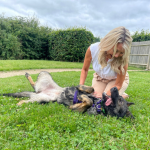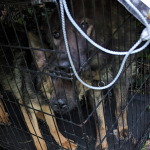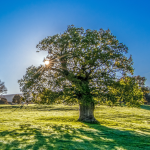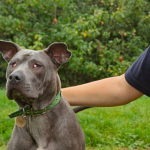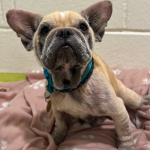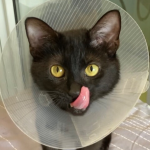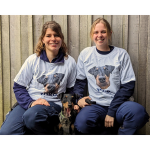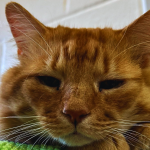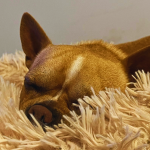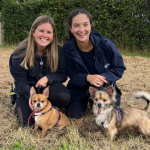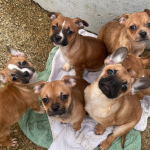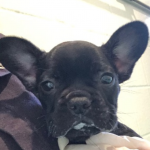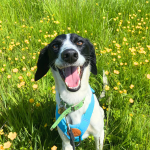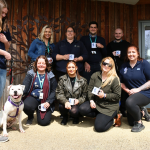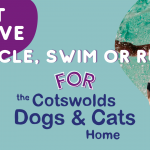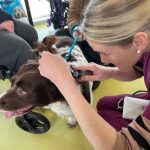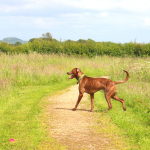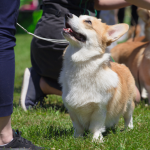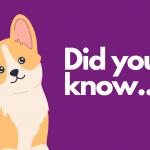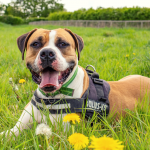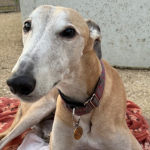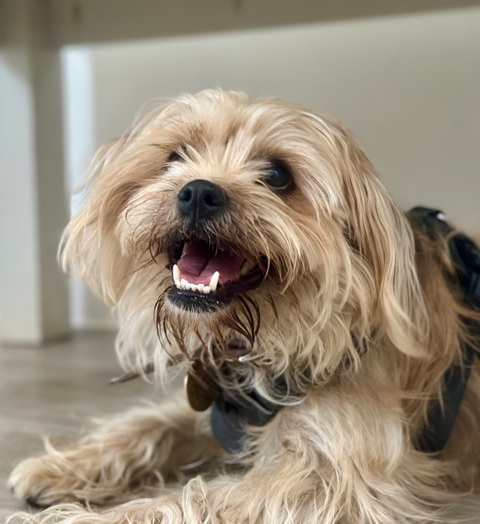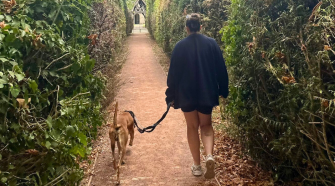
Maintaining your pets claws
Many pet owners need support when it comes to claw clipping. At the Cotswolds Dogs & Cats Home, we know that maintaining your pet’s claws is key to their wellbeing, and we’re here to share some simple tips.
Cat claws
Cats tend to be experts at keeping their claws in great condition, and where possible it’s always best to give your cat ways to wear their claws down naturally rather than having them clipped.
You can do this by:
- Keeping them active. Regular running, playing and climbing will keep your cat’s claws healthy and trim.
- Providing a scratching post. Scratching is a natural cat behaviour, and a good scratching post might save your furniture!
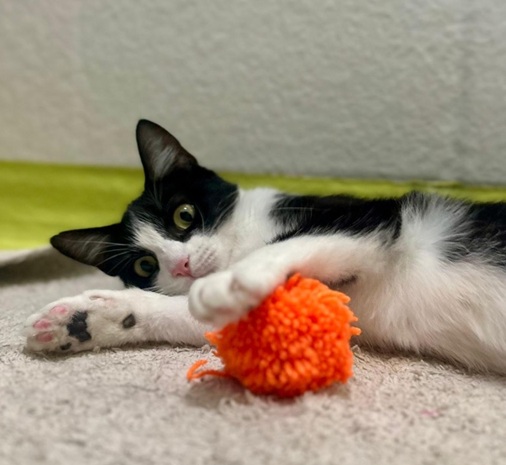
As cats get older, normal clawing behaviours can be more difficult, so if you notice your cat’s claws are getting too long, you may need to consider clipping them.
If your cat’s claws get too long, they can start to curve and grow into their paw pads and cause a lot of pain. So, if your vet agrees that your kitty’s claws need a clip, we recommend asking your vet to do this for you.
Dog claws
Dogs’ nails continue to grow throughout their life and it’s important that they’re kept in good condition. Ideally, when you walk your dog, hard surfaces should wear down their nails naturally and maintain a good length, but it’s good practice to check that they aren’t growing too long, as this can cause issues like snagging, splitting, or even growing into the pad, which can be very painful.
If you hold your dog’s paw flat on the palm of your hand and their nails touch your hand, they may need a trim. It’s also important to check the dew claws, which are located at the back of the foot and may not make as much regular contact with the ground.
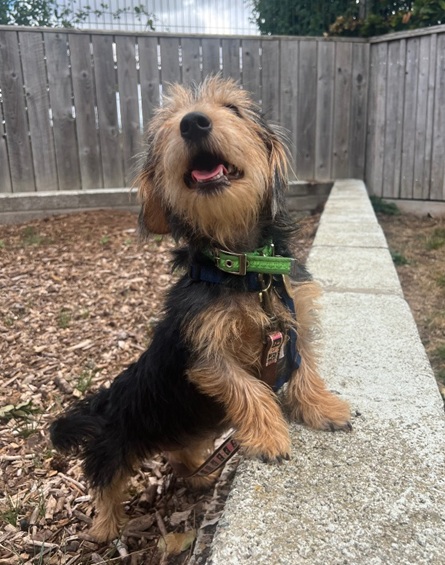
Tips for safe trimming
- Get your dog used to having their paws handled early, using rewards to make it positive.
- If your dog has black nails or isn’t used to clipping, ask your vet for help.
- Use dog-specific clippers or a file, holding the paw gently but firmly.
- Trim just the tips, leaving about 4mm from the quick.
- Trim at a pace your dog is comfortable with.
If you are ever unsure please do speak with your vet.

Categories
- Appeals (6)
- Events (8)
- News & Updates (67)
- Happy Tails (23)
- Past Appeals (84)
- Past Events (95)
- Support & Advice (46)
- Challenge Events (2)
Recent Posts
Related posts

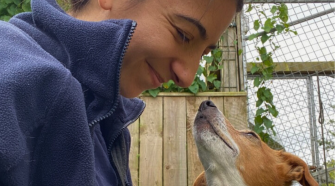
How to Prepare Your Home for a Rescue Dog
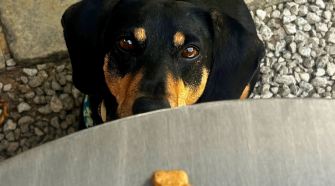
Dog-Friendly Places to Eat in the Cotswolds

Beat the Heat: Homemade Frozen Treats Your Dog Will Love
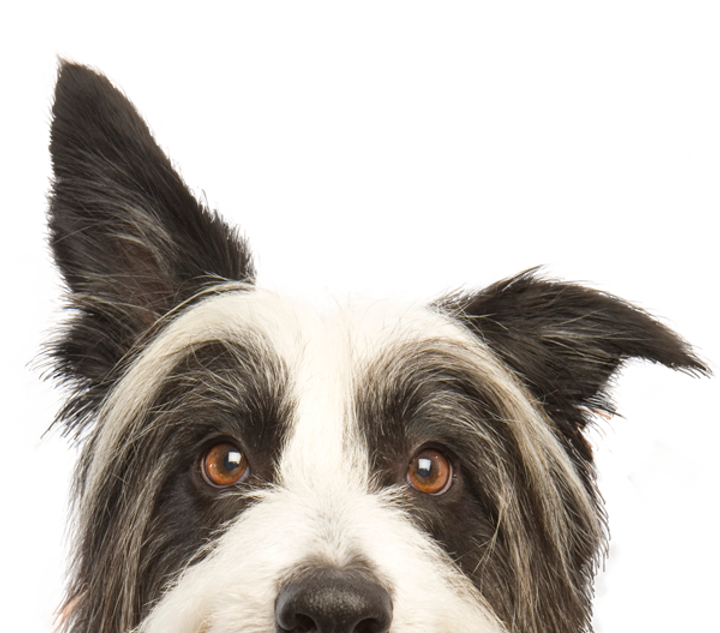
To report cruelty or an animal in distress call 0300 1234 999




